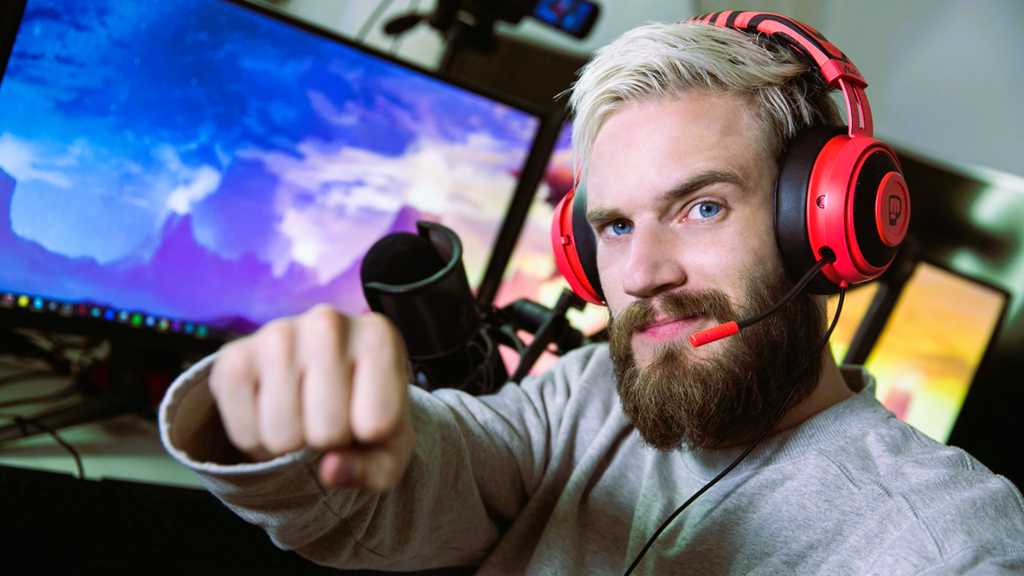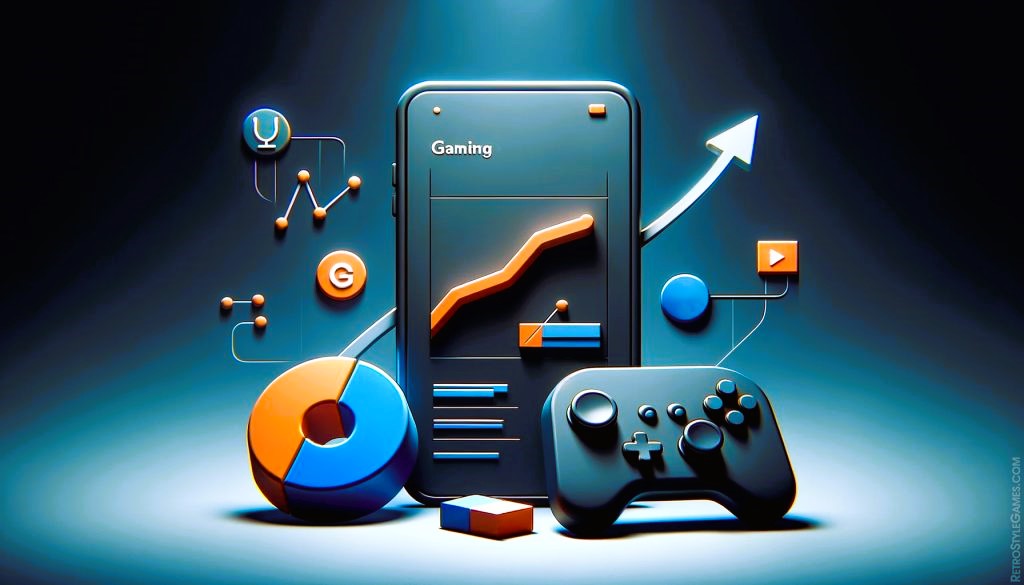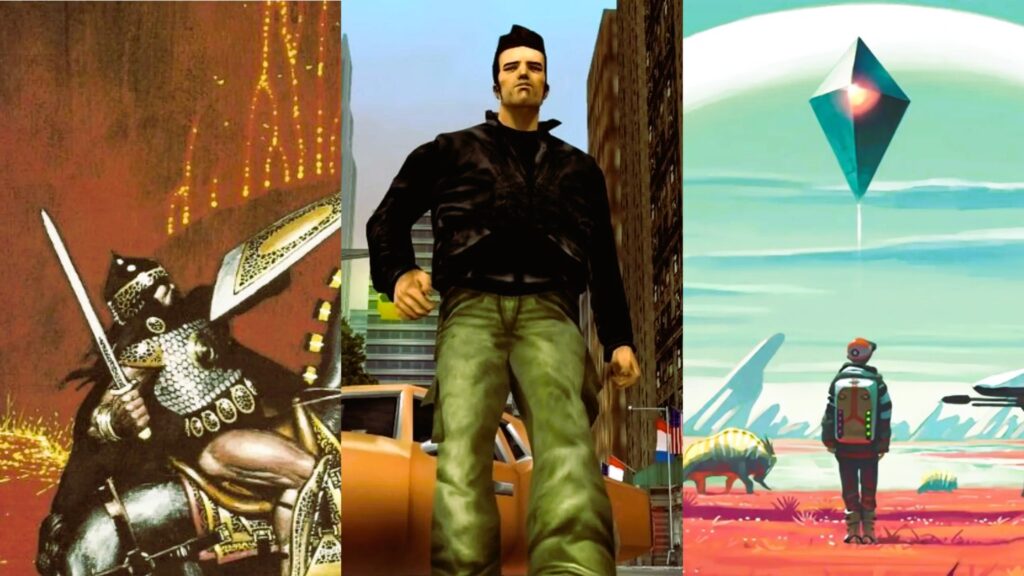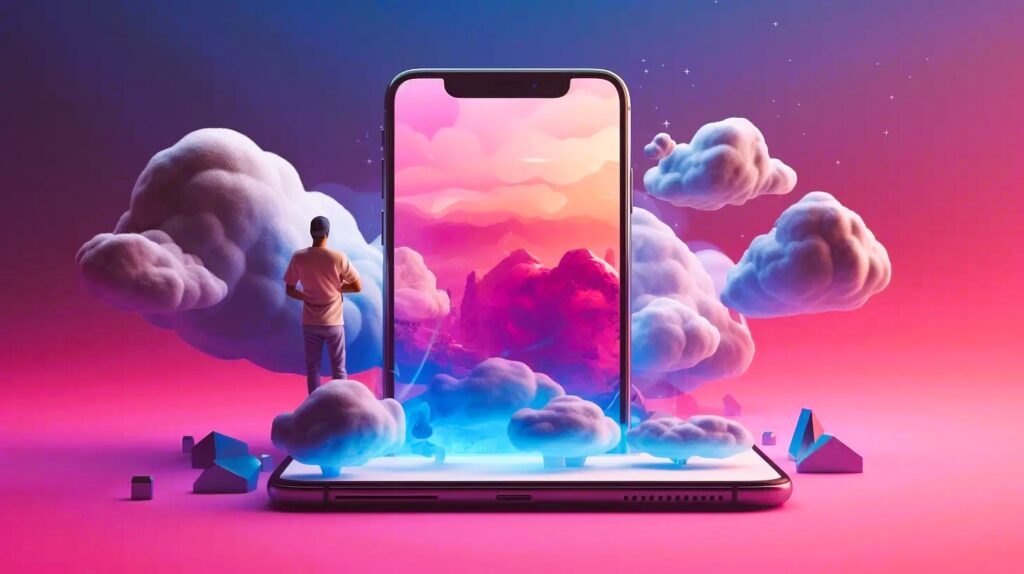In today’s digital age, social media has become one of the most powerful tools for promoting video games. With millions of users engaging on platforms like Twitter, Instagram, Facebook, YouTube, and TikTok, developers and marketers have a unique opportunity to reach potential players, generate buzz, and create a community around their games. Social media provides an interactive space where gamers and developers can connect directly, share content, and discuss gameplay experiences. Here’s how game developers can leverage social media effectively to promote their games.
1. Choosing the Right Platforms
Not all social media platforms are created equal when it comes to promoting video games. Each platform has its own audience, strengths, and unique features. For instance:
- Twitter is ideal for real-time updates, announcements, and engaging with a gaming community that thrives on news and rumors.
- Instagram is perfect for sharing visually appealing content such as game art, behind-the-scenes photos, and gameplay videos.
- YouTube offers an excellent platform for gameplay trailers, live streams, developer diaries, and tutorials.
- TikTok allows for quick, creative, and viral content, perfect for showcasing exciting moments or snippets from the game in a fun format.
- Facebook is still a go-to for event promotions and building community pages dedicated to specific games.
Understanding the strengths of each platform can help you tailor your social media strategy to meet your game’s specific goals.
2. Creating Engaging Content
Content is the cornerstone of any successful social media strategy. For video games, the content you create should be exciting, interactive, and shareable. Here are some ideas to keep your social media feed engaging:
- Teasers and Trailers: Share cinematic or gameplay trailers to capture attention and generate anticipation.
- Behind-the-Scenes Content: Show your development process, from character design to coding challenges. Fans love to feel like they are part of the game’s journey.
- User-Generated Content: Encourage players to share their own in-game experiences, screenshots, or fan art. This can create a sense of community and loyalty.
- Game Updates and Patch Notes: Keep your audience informed about new features, updates, and bug fixes with regular posts.
The key is to maintain a balance between promotional content and community-building posts. This will keep players engaged without feeling like they are constantly being sold to. Like our article? Read also about Competitive Game Analysis.
3. Building a Community
One of the most powerful aspects of social media is its ability to bring people together. When it comes to promoting video games, building a community around your game can lead to long-term success. Here’s how you can build and nurture a community:
- Engage with Players: Respond to comments, retweet fan creations, and host Q&A sessions. Players love feeling seen and heard by the developers.
- Create Hashtags and Challenges: Encourage players to use a specific hashtag or participate in challenges related to your game. This can lead to a viral marketing campaign.
- Host Live Streams: Platforms like Twitch and YouTube Live offer opportunities for real-time interactions with fans. Live streams can include game demos, developer commentary, or even charity events.
By fostering an active and engaged community, you can generate excitement about your game and create a loyal following.
4. Collaborating with Influencers

Influencers are the modern-day tastemakers, and partnering with them can give your game a significant boost in visibility. Influencers on platforms like YouTube and Twitch have dedicated audiences who trust their opinions and recommendations. Here’s how you can work with influencers:
- Send Early Access Copies: Offering influencers early access to your game allows them to create content about it before it officially launches.
- Sponsor Streams and Videos: Pay influencers to stream your game or create gameplay videos on their channels.
- Collaborate on Content: Work with influencers to co-create content, such as live streams, walkthroughs, or sponsored challenges.
Collaborating with the right influencers can help you tap into a new audience that is likely to be interested in your game.
5. Paid Social Media Advertising
While organic posts and community building are essential, sometimes it’s worth investing in paid social media advertising. Social media platforms offer robust advertising tools that allow you to target specific demographics, such as age, location, and gaming preferences. Here are some options for paid advertising:
- Facebook and Instagram Ads: These platforms allow you to run targeted ads to promote your game’s release or special offers.
- YouTube Ads: Use YouTube ads to showcase trailers and gameplay footage directly to users who are watching related content.
- Twitter Ads: Promote tweets about your game to ensure they appear in the feeds of gamers who are interested in similar titles.
Paid ads can help increase visibility and drive traffic to your game’s website or online store.
6. Monitoring Analytics and Adapting Strategies
Finally, it’s important to track the performance of your social media campaigns. Platforms like Facebook, Instagram, Twitter, and YouTube provide analytics tools to help you understand what content is working and what isn’t. By regularly reviewing these metrics, you can adjust your strategy and focus on the types of content that resonate the most with your audience.
Social media is an indispensable tool for promoting video games, providing developers with the opportunity to reach a global audience, engage with fans, and build a loyal community. By choosing the right platforms, creating engaging content, collaborating with influencers, and utilizing paid advertising, you can maximize the impact of your social media strategy. The key is to remain authentic, listen to your audience, and adapt to changing trends in the gaming industry.
For more information on social media strategies, you can check out Wikipedia’s Social Media article.






